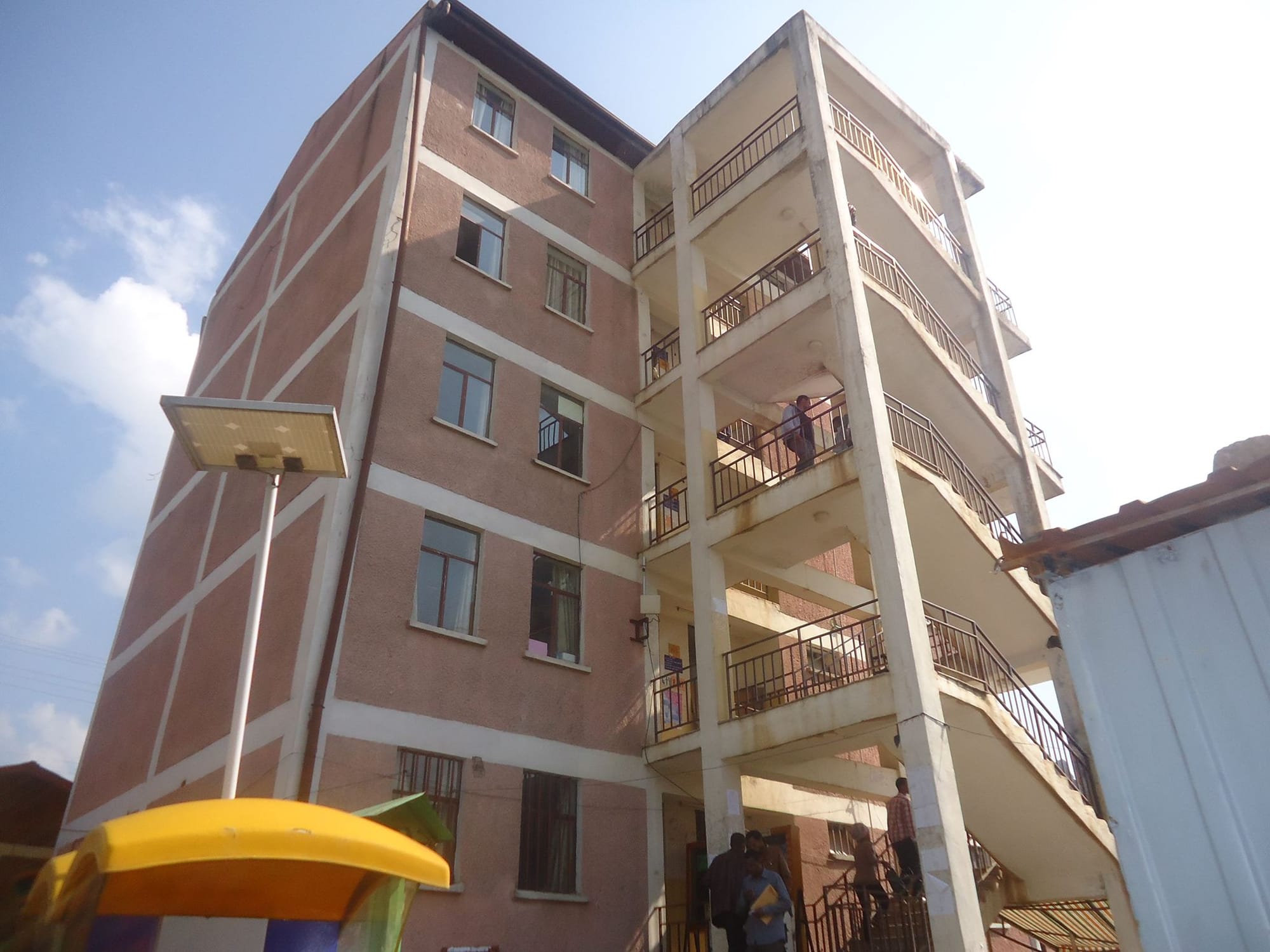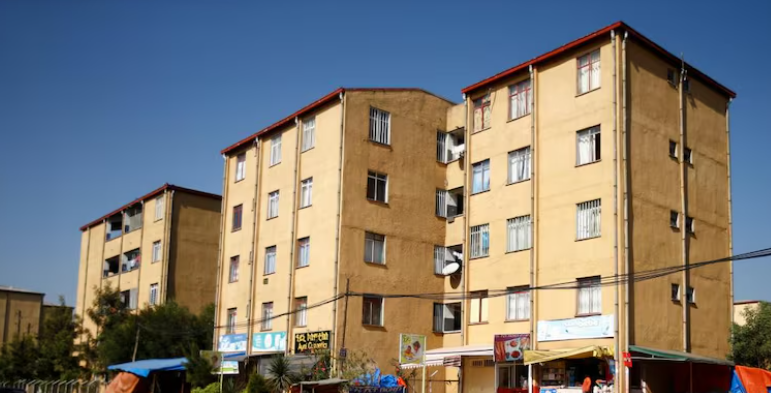Since being established as Ethiopia's capital in 1886, Addis Ababa has emerged as a prominent political and economic powerhouse in Africa. While city's old neighborhoods reflect a fascinating blend of international architectural styles and local vernacular techniques, recent private and public building projects reflect a focus on cost effective design and reinforced concrete bias, which has led to a proliferation of generic, box-shaped buildings.
This architectural homogeneity, often seen in schools, public housing, government offices, and hospitals, not only diminishes the city's visual appeal but also raises concerns about functionality, sustainability, and cultural identity.
“If you think good architecture is expensive, try bad architecture." - Brian Foote and Joseph Yoder
The ubiquitous box-shaped building style, often characterized by its simplicity and lack of ornamentation, has dominated construction projects across various sectors. While efficiency and cost-effectiveness may have been factors in its popularity, it has resulted in an uninspiring urban landscape. And the recent mandate that buildings can only be painted grey has further exacerbated this effect. In this blog, we'll take a look at the architecture of our schools that needs a serious discussion.



Typical design of a School, a Woreda Administration office, and a Condominium Housing project | Source: Addis Standard
“We shape our buildings and afterwards our buildings shape us” - Winston Churchill.
The Architecture of our Schools
All around the world, professionals across various industries have challenged the physiological and psychological impacts of traditional classrooms, where desks are arranged in rows and where the teacher is the main focus. Various studies point to the fact that there's correlation between good student performance and well-designed classrooms. One study conducted by UCL Institute entails daylighting in classrooms positively impacts both academic performance and well-being of primary school children.
The rapid growth of technology also necessitates a radical shift in the way we see our learning environment. Schools that aren't designed and constructed with careful consideration of factors such as natural light, ventilation, technology integration, accessibility, and sustainability may not meet the needs of the students. The schools we build today for elementary and secondary education are at the forefront of shaping the future.
School Architecture should not only be healthy and stimulating but also be, energy-efficient, resource-conserving and constructed with sustainable materials. If our goal is to enhance our children's creativity, and to provide equitable quality education, we can't do it in a generic, and uninspiring buildings.
"Adaptable designs, strategic budget allocations, and the recognition of technology as an integral component of the educational experience guarantees schools' flexibility and responsiveness amidst the ever-evolving technological landscape." - HMC Architects
ከ53 ሚ. ብር በላይ ወጪ የተደረገበት የለሚ ኩራ ክ/ከተማ ወረዳ 04 የካ ቦሌ 2ኛ ደረጃ ት/ቤት ግንባታ ሙሉ በሙሉ ተጠናቆ ለአገልግሎት ዝግጁ ተደርጓል፡፡@AddisCity pic.twitter.com/6aijNqPYHH
— Addis Ababa Design And Construction Works Bureau (@AddisCity) September 4, 2024
A recently inaugurated public school building project in Addis Ababa
How can we solve this?
The first step is to recognize the pivotal role of schools in a nation's development. Schools play a crucial role in shaping responsible, talented, environmentally conscious citizens by creating awareness, nurturing their talents, instilling sustainable practices, and encouraging a commitment to protecting our planet.
In the design phase, the inclusion of various stakeholders like architects, engineers, teachers, artisans and various experts in different disciplines, as well as the community is important to come up with an adaptable, future-ready, and sustainable architecture that can also showcase our cultural heritage.
Instead of trying to cut costs by copy pasting previous inadequate designs, we should allow architects and engineers to innovate and adapt and come up with solutions that are both sustainable and cost effective. As the world gradually turns to vernacular architecture as a sustainable and cost-effective alternative to concrete and steel, we should not completely disregard as ancient and backward.
We can even take inspiration from the success stories of fellow African Architect Diébédo Francis Kéré, whose determination to innovative architectural designs, exemplify the power of sustainable building practices and community collaboration.
IBI Learning+ research on how classroom design affects learning outcomes
Conclusion
The current architectural trend of generic, box-shaped buildings in Addis Ababa's schools presents a missed opportunity. These structures not only lack aesthetic appeal but also potentially hinder student well-being and fail to prepare them for a future marked by rapid technological change and environmental concerns.
By prioritizing well-designed schools that incorporate natural light, ventilation, accessibility, and technology integration, we can create a more inspiring and effective learning environment. Moreover, embracing sustainable practices and showcasing local cultural heritage in the architecture can cultivate a sense of environmental responsibility and cultural identity in students.
Moving forward, a collaborative approach involving architects, engineers, educators, community members, and local artisans is crucial. Investing in innovative and adaptable designs that are both aesthetically pleasing and cost-effective will not only benefit students but also contribute to the overall vibrancy and sustainability of Addis Ababa.












Member discussion